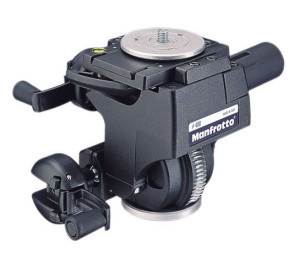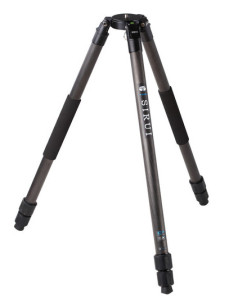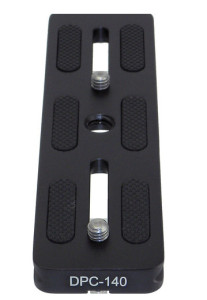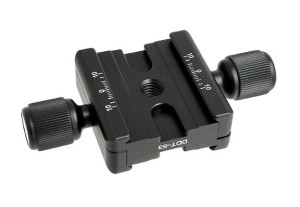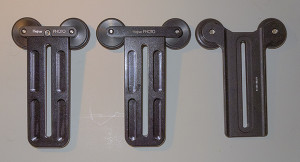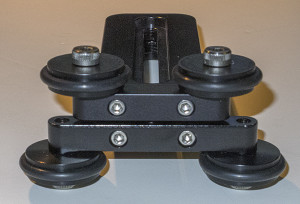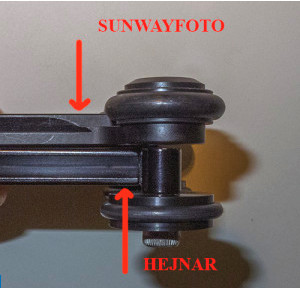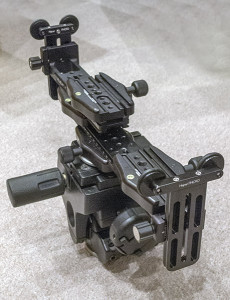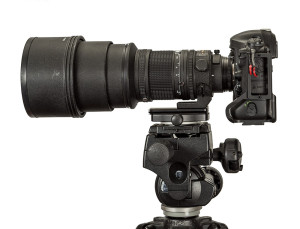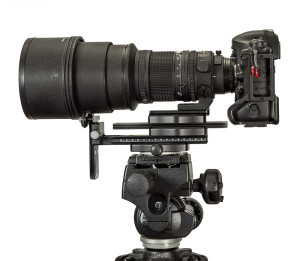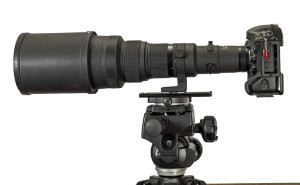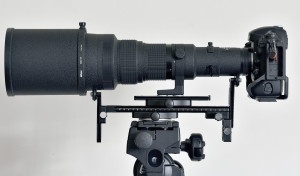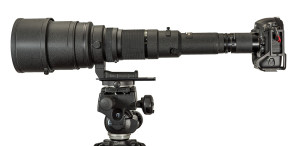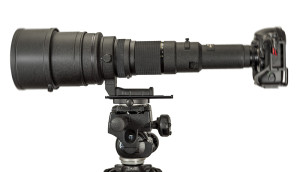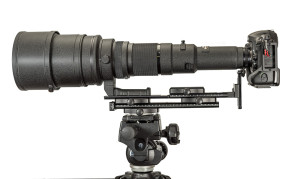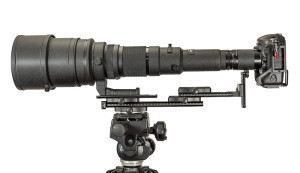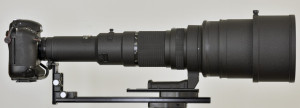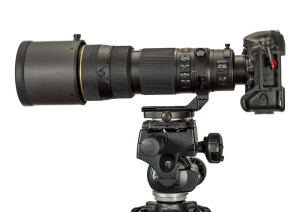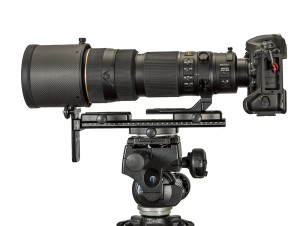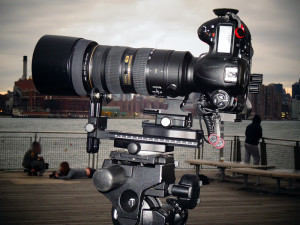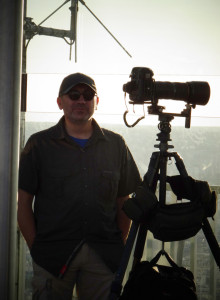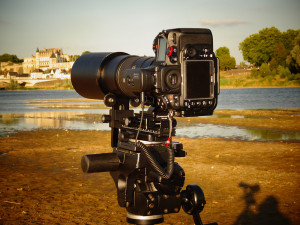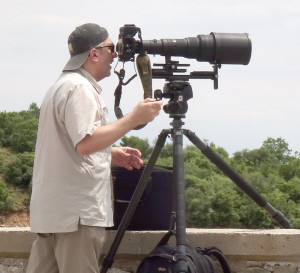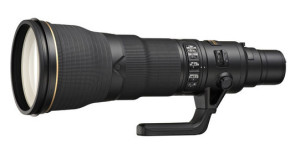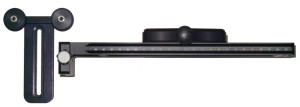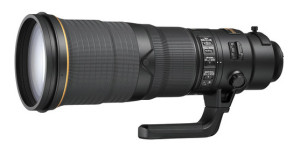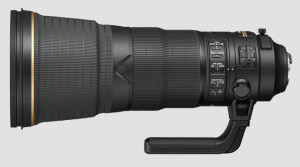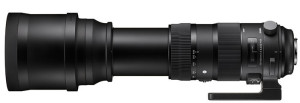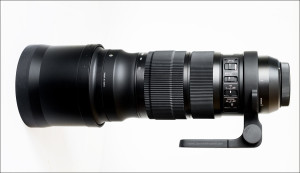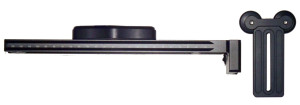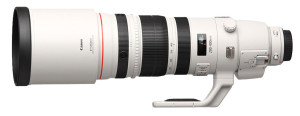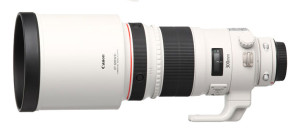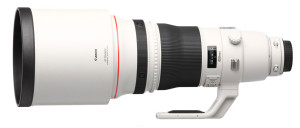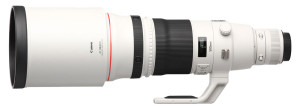Troubles and trouble shooting tips for working with long focus lenses Best stabilizer solution for long focus lenses
Troubles and trouble shooting tips for working with long focus lenses
Best stabilizer solution for long focus lenses
There are many companies in the market, producing professional equipment for photographers but few of these products are meant for professional photographers and many of them are not sufficient enough.
The reason that end-users make alterations on these tools is that these tools are produced based on average values. Occasionally not all conditions are taken into consideration or defects may be unnoticed because during design and production, tools mostly are not tested accordingly with the end-user’s experience. (The company MAMIYA announced and produced the 6×8 film magazine to be used on their 6×7 cameras for portrait shootings. Since it was produced for portrait, Mamiya R&D department never tested it for horizontal usage. After it was on the market, being used by photographers, it was seen that the body was cropping the image. How unbelievable this story may sound, there have been many examples of this kind in the photography market.)
I have used many various tools both in studio and outdoors during my professional life as a photographer for more than 25 years and had to make alterations on most of them because of the reasons explained above.
Since the tools are produced according to certain standards, sometimes it is not possible to fit the parts of some tools to another and in order to find a solution, sometimes you need to find a new tool for the job. (Sometimes you never find what you need)
Example; Sunwayfoto DMC-200 Vertical Rail With “On-End” Clamp (http://www.bhphotovideo.com/c/product/844957REG/Sunwayfoto_DMC_200_DMC_200_Vertical_Rail_With.html)
If the vertical part at the end of the horizontal long part was counter clockwise instead of clockwise or the plain surface was on the opposite side of the horizontal part (at least for my long focus lens), it would have been more functional.
In general, fixed long focus lenses (ex: 400mm, 500mm, 600mm, 800mm…) or zoom lenses (ex: 200-400mm, 150-600mm, 300-800mm…) are hard to work with.
The basic problem of using these lenses is the size and weight which is the result of the construction for their focus lengths and apertures (400mm f:2.8, 600mm f:4, 800mm f:5.6)
Although the basic difficulties in usage of these lenses (especially handhold) tried to be eliminated with Vibration Reduction (VR) technology, it is not possible to use VR when you stabilize the lens, since the image stabilizing systems start to affect the image if the lens is stabilized. Also, it is nearly impossible for lenses with focus lengths 400mm and above to be used at hand considering their weights (light and subject are also a matter). Vibration is not fully eliminated even with cameras successful in high ISO performances (like DS4), using high shutter speeds (btw. 1/1000s – 1/8000s.)
Especially with these lenses, even if you work on still subjects (under normal conditions) you have to choose high shutter speeds in order to eliminate the vibrations resulting from long focus. Taking also the inadequacy of depth of field in long focus lenses into consideration, the need of higher aperture value will force you to use high ISO, which will push the limits. If we would be able to stabilize the lens and the camera at the same time, low shutter speeds wouldn’t cause any problem. As an example; Even if you work with a tripod, the possibility of vibration in the image will accelerate because of the problems in the design of the shoe of the lens attachment on the tripod.
What are the problems of the lens shoe on the tripod?
The issue can be summarized under two main topics as; The inadequacy of the strength of the connector in comparison with the length of the lens and the inadequacy of providing durable and stable, usage because of it position, in lens and camera combination.
If the lens is very long, the stabilizer would not be enough in stabilizing the image and extra pre-cautions would be needed.
When shooting still subjects, one solution would be using 2 tripods in which camera and lens are stabilized separately. Even if you use L-bracket on the camera, switching between vertical to horizontal and vice versa would unease the situation and slow you down. But there is also a bigger problem comes into the scene at that point; The possibility of damaging the camera’s bayonet and the lens’s stabilizing (especially the ring) even you pay full attention while mounting them.
Then, how should we proceed in order not to damage the lens or camera’s bayonet while using the camera both horizontally and vertically and to succeed in stabilizing the camera and the lens with minimal possible vibration?
I am going to summarize here my solution (Inspired by the system I used with SIGMA 150-500mm lens) for 800mm f: 5 AI-S lens. When I first got the lens, I realized that I wouldn’t be able to use it with my existing tripod heads because of its size and weight. So, I bought SIRUI GIMBAL head, which is light, (carbon fiber) designed for long lenses. The head is ideal in using with 70-200mm or 300mm lenses, doing panorama shootings but it doesn’t have the adequate stabilizing strength for lenses like 800mm. The main reason for this is; The L shaped design of the lens in order to move it quickly all directions. Despite my hard efforts (using mirror up mode and shutter release cable), I wasn’t able to get sufficient results with my 800mm lens using this head.
Gimbal heads are ideal for long focus lenses when used for speed tracking. I haven’t had a chance to test but as a result of my research based on my experiences, the ideal Gimbal head is UA-180 Carbon U-Mount from the company FEISOL. (http://www.bhphotovideo.com/c/product/848987-REG/FEISOL_UA_180_UA_180_Carbon_U_Mount_Support.html)
In order to solve the problem (to stabilize the lens from a second point), I started searching for ways. First I tried monopods, but since they make a 360 degrees horizontal swing around their axis in their tops, it didn’t work. So, I concentrated on stabilizing the camera with a second tripod. Since I already carry two tripods with me (Main: SIRUI 8X R-4203L and secondary: SIRUI 8X R-4203) it seemed a proper resolution but after the trial, because of the reasons I explained above, I saw that it was not possible to implement this solution without damaging the whole composite of mechanics. Also, adjusting the second tripod every time while working vertically and horizontally was a real time consuming process.
First of all, I figured out that it was the ideal solution to stabilize the lens Nikon 800mm f:5.6 AI-S from a second point independent from the camera; away from the bracket, close to the camera. Secondly, since the lens could rotate in its own axis with the bracket and the ring, it was going to be faster in horizontal and vertical conversions.
Even if you use these kinds of systems, when you are using these kind of lenses, you should keep in mind not to forget to use mirror-up, wireless trigger and self timer according to the nature of the shooting.
[ How was this system (ideal solution) verified?
As a result of the big data loss I experienced in 2014, the images and notes of how I developed and tested this system were lost, but let me briefly explain how I tested the system. I measured the wind speed at approximate working conditions with a Kestrel brand wind meter, then I prepared the lens support system at home and put a pen laser on the tele lens in an area of 8-9m under the same level of wind with a propeller and prepared under this wind effect the point created by the laser 8-9m away I checked how stable it is on my site. Unfortunately, all the photos and notes of this experiment were lost due to data loss. ]
The equipment I used in this system;
Manfrotto MA400 My choice of tripod head is always Manfrotto MA400, whichever of the tripods I use from the below examples. (When working with long focus lenses)
Manfrotto 161MK2B Super Professional Tripod Mk2
Foba Mini Universal Tripod
SIRUI 8X R-4203L
Sunwayfoto DPG-3016 Stereography Rail (1 piece)
Kirk QRC-4 Quick Release Clamp for Arca-Type Plates – 4″ Base (4 pieces) (1 piece mounted on the tripod head, 2 pieces on the upper rail and 1 piece on the vertical rail)
Desmond DPC-140 Long Lens Quick-Release Plate (140mm) (1 piece)
Sunwayfoto Subtend Clamp DDT-53 (1 piece)
Sunwayfoto Subtend Clamp DDT-53
Desmond D-290 90 Degree Double Clamp
Sunwayfoto DMC-200, DMC225R and DMC-228R Vertical Rail With “On-End” Clamp
Hejnar Y-Type Lens Support (from left 1 and 2) 2 pieces to use at the back with wide intervals and narrow front
Hejnar Y Support Units [Short wheel range (lens body, the back) and long wheel range (front of the lens)]
The drain difference between Hejnar and Sunwayphoto support units (Hejnar Y support unit is more functional than Sunwayphoto with its drain design and modular construction.)
Fast and easy to use ¼ D screws
¼ screws used in other parts
Examples systems used;
System suitable for short focus lenses (70-200, 300mm…etc)
System suitable for long focus lenses (500mm, 800mm…etc)
Best solutions for lenses from short to long focus;
System is the ideal solution for all lenses, short focus or long focus (because of modular structure)
Sigma 180mm f:2.8 Normal usage
Supported solution
Nikon 70-200mm f:2.8 Normal usage
Supported solution
with long rail with short rail
Nikon 300mm f:2.8 Normal usage
Supported solution
with long rail with short rail
Nikon 500mm f:8
Nikon 500mm f:4 Normal usage
Possible vibration areas
Supported solution
Sigma 800mm f:5,6 (+2x)
with +2x
Possible vibration areas
Supported solution
Supported solution with +2x
Alternative solution
Nikon 200-400mm f:4 Normal usage
Possible vibration areas
Supported solution
The important function of Y support unit
Besides supporting equally, Y support unit also enables the camera (with the lens clamp) rotate horizontally and vertically easily without vibration.
Some examples (with places);
New York (800mm f:5.6)
Greece / Athens (300mm f:2.8)
New York / Long Island (70-200mm f:2,8)
France / Paris (70-200mm f:2.8)
France / Amboise (200-400mm f:4)
New York / Long Island [1600mm (800mm f:5,6 + 2x)]
Greece / Meteora (500mm f:4)
New York / (200-400mm f:4)
___________________________________________________________________________________________________
I based this article on my own experience with my Nikon lenses but you can use this system for any model lens because of its nature. I wanted to share some new generation lenses here. You can see that these lenses also need this system when you examine the clamp structures.
Nikon 800mm f5,6
Nikon 600mm f4
Nikon 500mm f4
Nikon 400mm f2,8
Sigma 150-600mm f5-6,3
Sigma 120-300 f2,8
Sigma 300-800mm f5-6
Tamron 150-600mm f6.3
Canon 200-400mm f4
Canon 300mm f2,8
Canon 300mm f4
Canon 400mm f2,8
Canon 500mm f4
Canon 600mm f4
Canon 800mm f5,6
___________________________________________________________________________________________________
Web addresses that you can find the equipment and information;
http://www.hejnarphotostore.com/
http://www.sunwayfoto.com/e_index.aspx
I had to close comments because too many comments are coming from spam and bot account , I have to spend a lot of time cleaning them
I’m so sorry that
If you have a question, you can reach me from the e-mail addresses on my website, you will definitely get an answer.
thank you very much
| Print article | This entry was posted by baskircom on 31 January 2016 at 08:35, and is filed under Genel. Follow any responses to this post through RSS 2.0. You can leave a response or trackback from your own site. |

